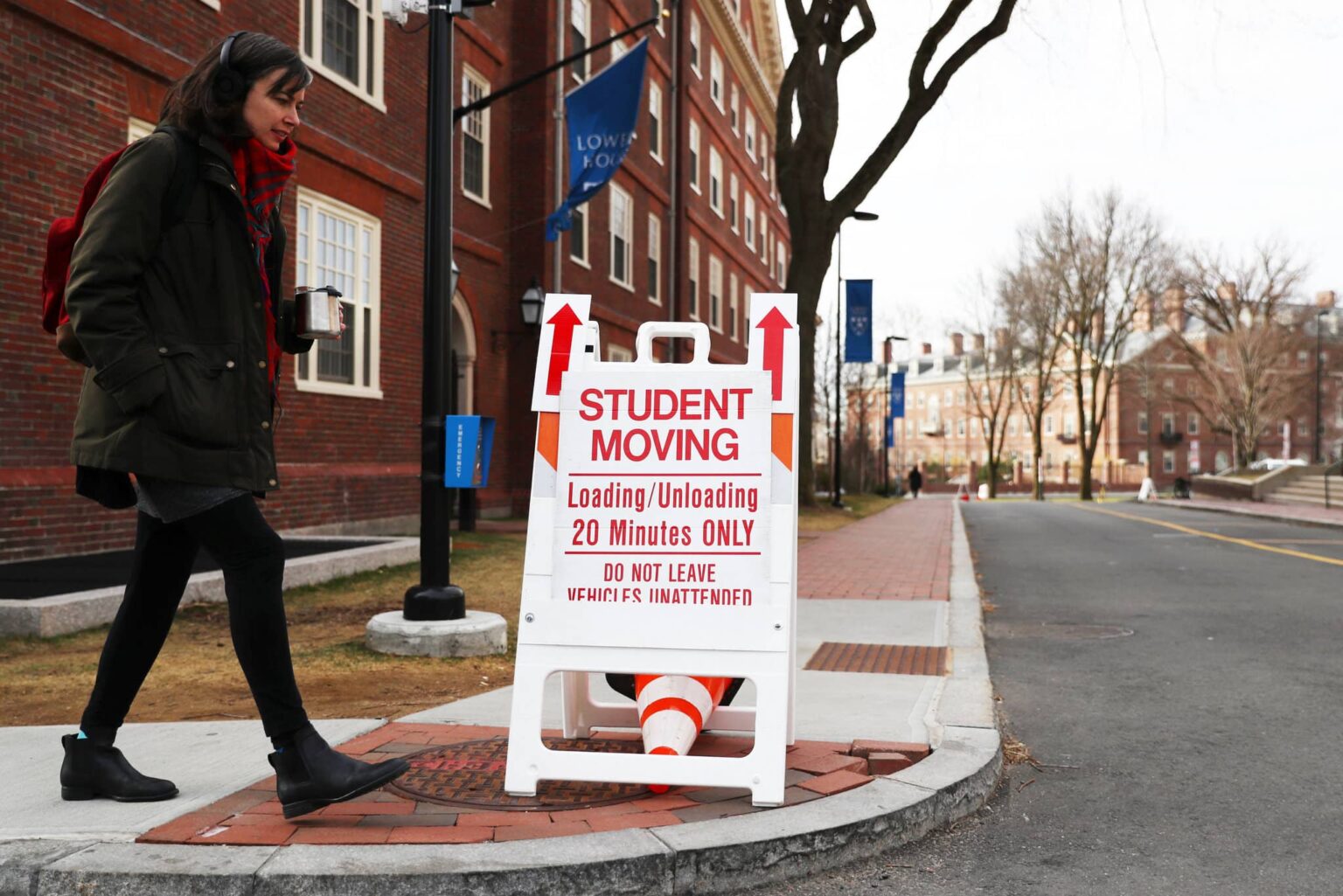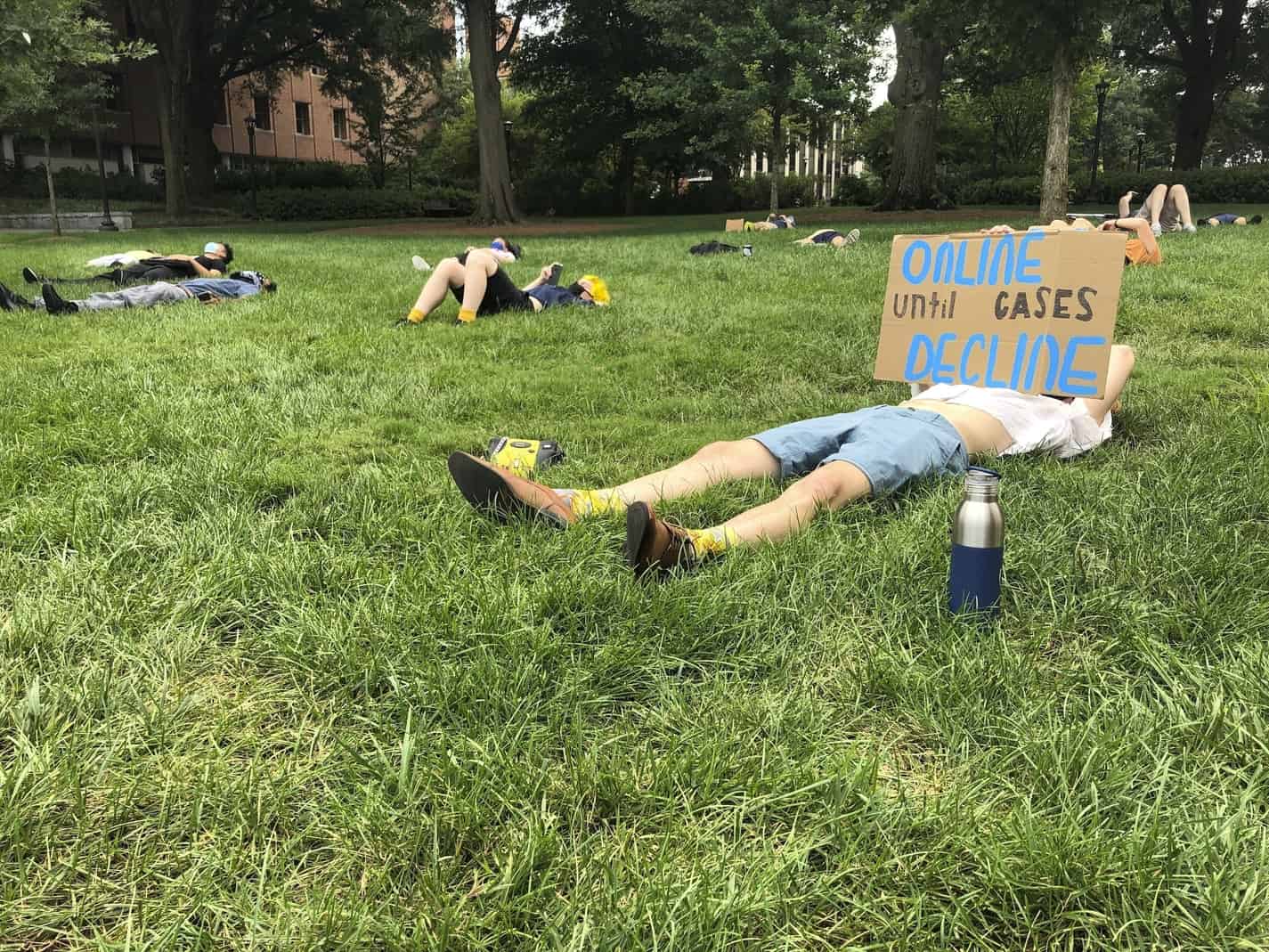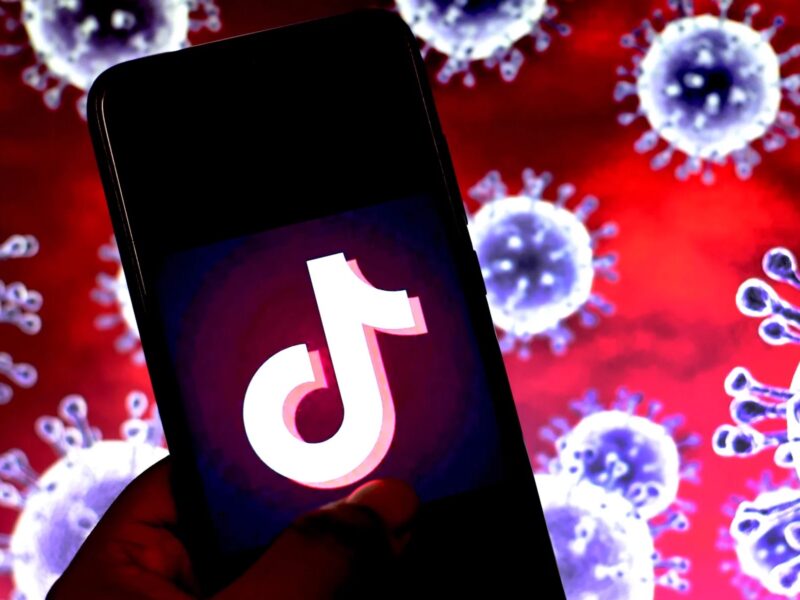
What does quarantine look like at U.S. universities?
The coronavirus pandemic has impacted all sectors, and that includes the higher education industry too. Many institutions have taken to online classes, a move that is being met with suspicion considering the fees that they charge aren’t justified by online classes.
Across the world, universities are also making arrangements for on-campus accommodation for students flying in from either different countries or cities. As per travel guidelines, safety guidelines are to be followed, and that includes self-isolation or quarantining for a set number of days when you first arrive in a new city.
Recently, after colleges started reporting cases of infection, the authorities are coming up with guidelines, procedures, and safety measures to follow, especially when it comes to dorm housing & off-campus properties. In short, anyone who’s caught COVID-19 or has been exposed to it needs to self-isolate & universities are trying to gather resources to make that possible.

Scrambling for physical space
The virus has wildly changed the look of campus life, especially campus housing. A spike in the cases sparked even more caution, with the result that the usual places for hanging out will not be open. This includes bars in campus areas. In addition, sororities & fraternities have been disciplined for any breach of social distancing & crowded gatherings guidelines.
Universities are also being advised to keep the students on campus so that they don’t go back to their respective hometowns & carry the infection to other communities. This has, however, created a new problem & that is the shortage of accommodation.
In response, Sacred Heart University took over a 34-room guest house at the former Connecticut headquarters of General Electric, a part of the campus since 2016. The residential spaces were used to host corporate executives, but have now become a complete quarantine facility for students testing positive for COVID-19.

They’re trying to stock up the rooms with snacks, make provisions for television sets & study areas so that the students can keep up with their remote learning work. On the other hand, the University of South Carolina started using rooms at a training center for prosecutors to help students during the quarantine period.
The Air Force Academy is using the Colorado base for quarantining purposes, moving the traffic that was at the base to hotels nearby. In all these quarantine facilities, regular check-ups are done, security is provided, including an elaborate system of card-swiping to track the movement of each individual.

The psychological toll of the quarantine
The authorities are trying to provide as much comfort as they can, in terms of amenities. However, the impact of the isolation and online classes on incoming students is very layered. Students are allowed to go to the dining hall, but not beyond that. Their connection to the outside world is jeopardized, with only electronic devices to rely on.
It gets more complicated for freshmen. They walk into college life with certain expectations & aspirations. Virtual networking was not an art of their expectations in making friends.

Is quarantine effective?
Considering that there is a price students are paying for being quarantined, it’s important to look at the US quarantine numbers against the infection patterns. It seems like Connecticut has been able to curb the situation, as only 1.34% of residential students tested for the virus have tested positive.
This isn’t indicative of the larger trend, though. The University of Alabama recently reached full capacity on its current quarantine & isolation facilities. The University of South Carolina has reported more than a thousand positive cases so far. Other places like Georgia are telling students to leave campus in case of infection detection.
–
There’s no consensus as to the best way of dealing with cases of infection on campus – whether to send students home & risk infection into resilient communities or to keep them in quarantine running on limited resources.







